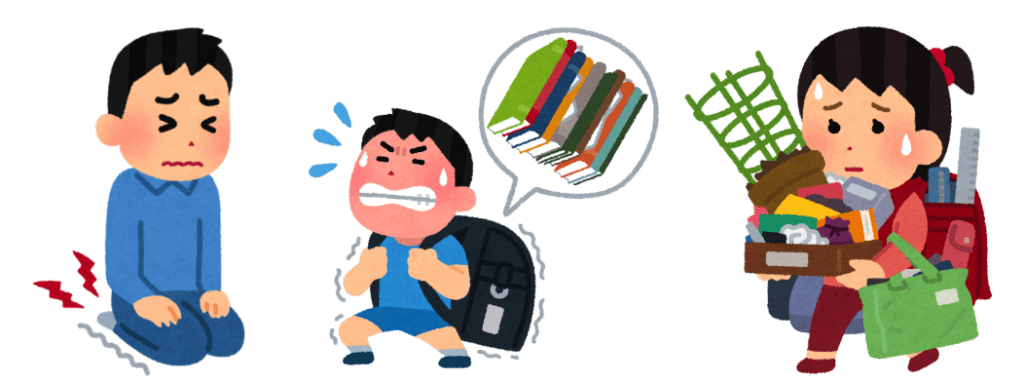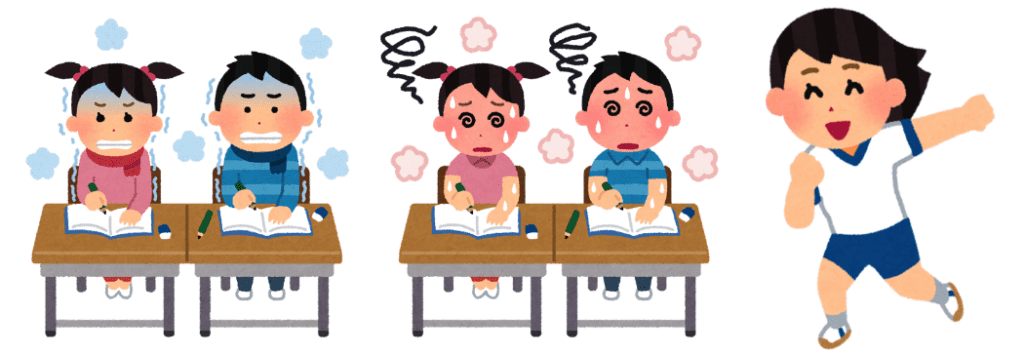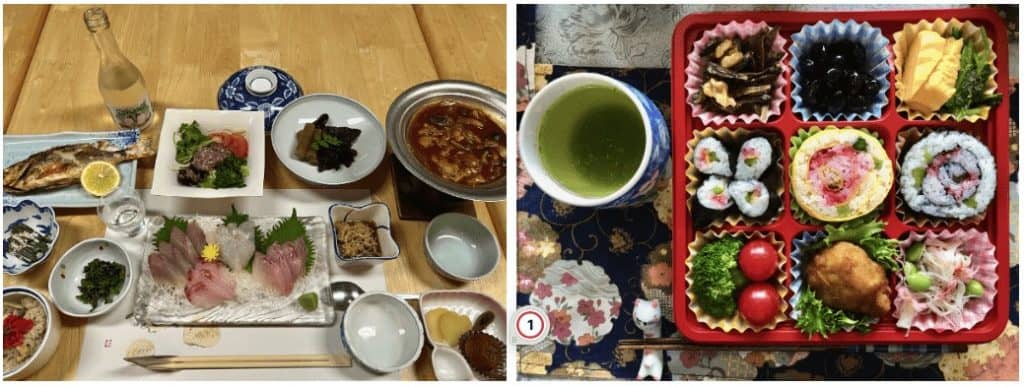Children who learn this from an early age become remarkably resilient adults

In 2016, Angela Duckworth published her research on what she called “Grit” — a winning combination of passion and perseverance — that she posited as a crucial component of success.
That is the closest thing I can think of to what the Japanese have been calling gaman (我慢) for centuries.
What is gaman?
My dictionary defines gaman as “patience, endurance, perseverance, tolerance, self-control, and self-denial.”
Gaman is a characteristic that is imbued into children so deeply that it becomes a given. It is why we see adults lining up in an orderly fashion at train stations and stoically dealing with natural disasters like the 2011 Tohoku earthquake and tsunami.
Restraint, self-control, tolerance. These are characteristics built into Japanese character.
We, humans, are not born with this high level of patience and endurance, as anyone who had cared for a baby or toddler well knows. So how do children in Japan develop this important trait?
Speaking from my own experience in raising my children in Japan while retaining my Western sensibilities, allow me to present you with a few examples.
Learning to gaman

- In elementary school, I observed students kneeling on the wooden floor in the formal Japanese sitting position of seiza — sitting on feet —while listening to long speeches in the school auditorium.
- Elementary and junior high school students are required to walk to and from school, carrying all books and equipment that they may need for school each day — regardless of the weather.

- When my children were in school, there were no heaters or air conditioners in the classrooms.
- For their PE uniforms, my daughter and her classmates wore little underwear-like bloomers and thin T-shirts, no matter what the weather. The illustration above is a more recent version of the PE uniform, having replaced the underwear-style bloomers for girls with shorts.

- Students must eat every bite of their school lunches, whether they like it or not. This was particularly troublesome for my youngest son’s teachers, as he would sit at his desk with his lunch before him and refuse to open his mouth to eat even one bite of fish. He would rather gaman and miss recess than eat fish. lol
- Kids are taught not to challenge authority or question rules that don’t seem to make sense. They learn to simply suck it up, or rather, gaman.
- Elementary school students have six weeks of summer vacation during which they are required to do homework assignments daily. Part of that assignment for first graders is to care for a morning glory plant which they must bring back to school in September.

- If you are sick on the day of a test and miss taking it, you get a zero. At least that was my children’s situation in school. I hear that today, some schools will allow students to make up a missed test.
- High School in Japan is not compulsory. You have one chance to take the entrance test for a public high school, and one chance to take the entrance test for a private high school. If you flunk, or if you get sick and miss the test, you have to wait until the tests are held the next year to try again. Curiously, kids that have to wait for the next year’s tests are called ronin (yes, the same word used for a masterless samurai).
Perhaps it says something that I was so easily able to locate Japanese illustrations for every point on my list.
The results of learning to gaman
Although my motherly and lenient viewpoint clashed with many of the restrictions forced on my children in public schools, I can now appreciate much of their value.

So, next time you sit down to a meticulously prepared and beautiful Japanese meal, or see photos of Japanese people lining up in an orderly fashion, cleaning sports stadiums after events, or doing any job with scrupulous attention to detail, think about the years those adults spent as children honing their patience — and practicing gaman.

If you have questions about Japan or suggestions for articles, please add them in the comments. For more photos and information on Japan, follow me on instagram at: https://www.instagram.com/more_than_tokyo/




